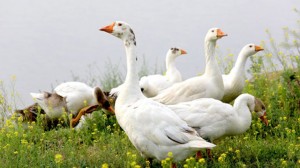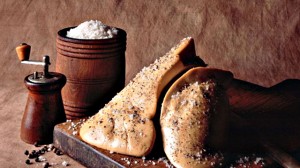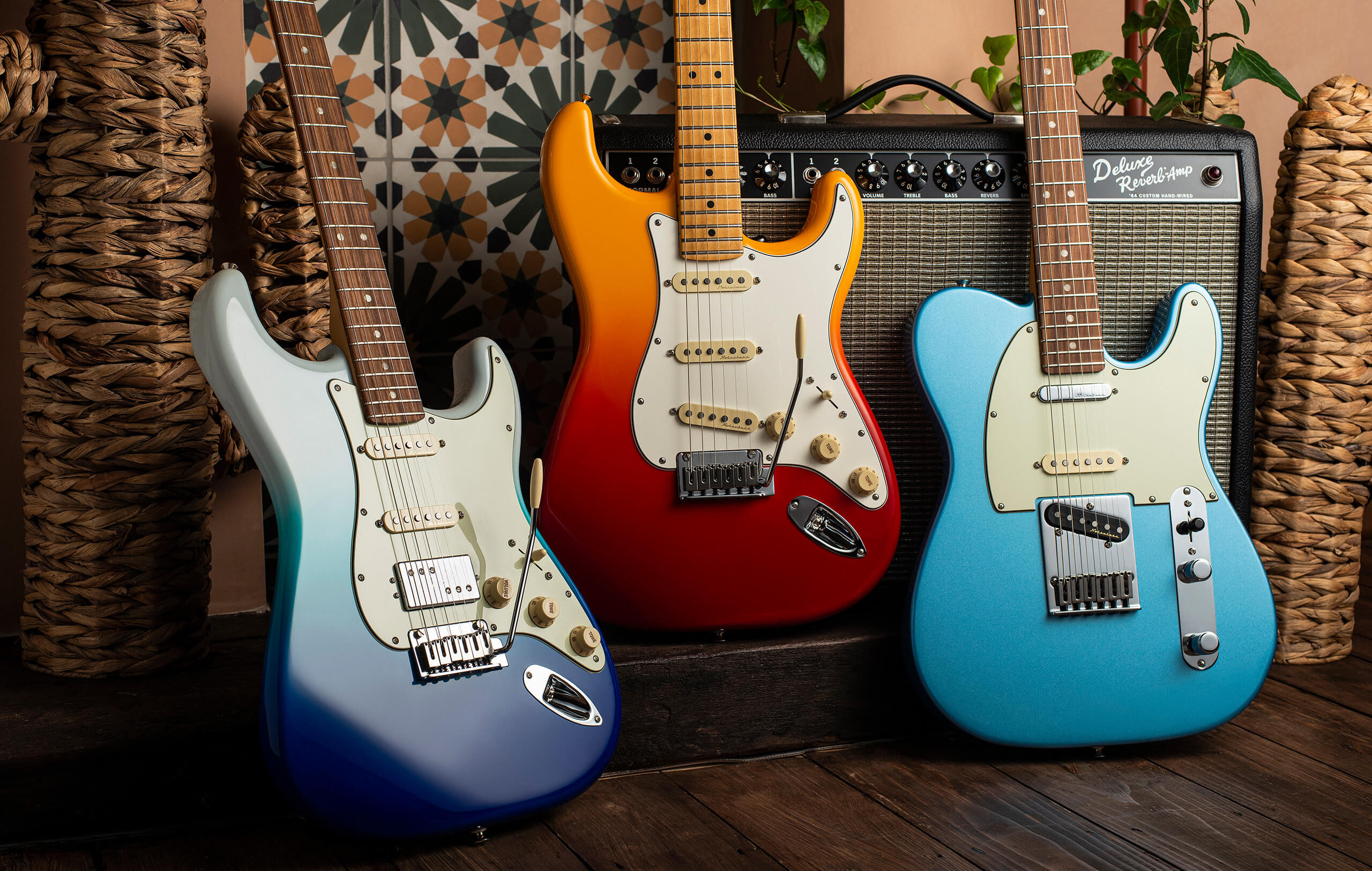
Foie gras
Some thoughts on foie gras with the arrival of the end of year celebrations. Far from me the idea of initiating you to this French ritual, I do not have the pretension, just on the basis of the sharing and the knowledge of each one. Everyone should draw from it the interesting elements.
Countries producing foie gras in the world:
27,116 Tons of foie gras for 2011, of which 98% duck:
France 19,992 tonnes, i.e. around 75%
Bulgaria 2,660 tonnes
Hungary 2,450 tonnes
Spain 850 tons
China enters the market
For France some figures of departmental production
Landes 24%
Atlantic Pyrenees 15%
Vendée 13%
Gers 11%
Dordogne, Lot et Garonne, Deux Sèvres, Hautes Pyrénées, Lot, Loire Atlantique, Bas and Haut Rhin share the rest of the French production.
Choosing the right foie gras

Duck or Goose
Duck represents 95% of the production of foie gras, its taste is more fragrant than that of goose. But that of the goose is much finer, more subtle and longer in the mouth, but also much more difficult to find.
But this remains two livers reserved for gastronomy, they will bring to all professional or passionate cooks an incomparable pleasure in the preparation, in the cooking and will leave an unforgettable memory in the tasting.
Price difference
Goose foie gras is much more expensive than duck foie gras, the price difference is mainly due to the breeding of geese which is much more technical and much more restrictive than that of ducks.
French quality

Several solutions are available in your choice, we will privilege the French quality.
FOIE GRAS French with the veterinary stamp.
Foie gras from the European Community;
It must be of a beautiful uniform color: pinkish ivory white or light yellow depending on the diet.
It must be firm and flexible to the touch: a pressed finger leaves its mark on it for a few seconds.
It must be of impeccable freshness
It should not be too small, otherwise the fattening was not done well.
But it should not be too big, because its excess curves will melt
like snow in the sun during cooking or preparation about 600 g for a goose liver with a maximum of 750 g and 450 g for a duck with a maximum of 550 g
Know how to read labels
To buy ready-to-eat foie gras, read the definition of “Whole Foie Gras”, “Foie Gras” and “Block of Foie Gras” and the list of these ingredients, spices and aromatics.
The best before date for foie gras presented in canned food. (Optimal use-by date)
The DLC date for the “half-cooked” foie gras as for the raw cooking (use by date)
Lot identification, weight, health number, manufacturer’s address,
The health stamp

Preservation of foie gras
Packaged raw foie gras can be kept according to the date indicated on the product in the refrigerator. It must bear the stamp of the veterinary service guaranteeing the packaging and hygienic conditions of the foie gras.
Some tips:
To whet your fatty liver, work the lob not too cold so that it is flexible enough and does not break.
Do not look for very small veins, this way you will favor large pieces.
If you want to keep track of the pieces in your foie gras blog, be careful with cooking, it should not overheat.
Salt the weight is between 12 and 16 grams per kilo.
Pepper the weight is between 2 and 4 grams per kilo.
 </p
</p





